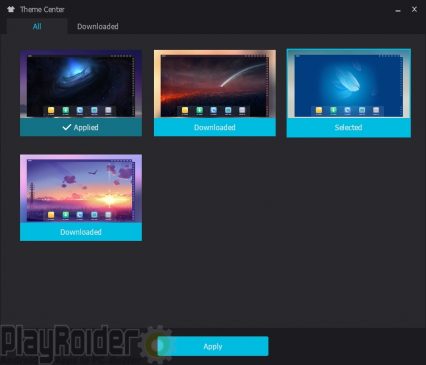

This Screen Innovations Zero Edge Pro is our recommendation for the best fixed frame laser TV screen because it does an excellent job of merging style and performance making it perfect as a part of a living room television replacement. So what are your options? A number of manufacturers have decided to include entry-level ALR screens as part of a bundle and while that’s a great place to start, the quality of those screens is not going to allow you to maximize the performance capabilities of your 4K UST Projector.īest Ultra Short Throw Screen Stewart Filmscreen Balon Edge BALG3E100HUSTFLX Fixed Frame
#Nox brighter screen movie#
If you want the true 4K UHD movie experience, especially in your well-lit living room, you need to use a specifically designed ultra short throw projector screen. While technically you can project an image using a UST on any surface, the picture quality degrades significantly without a specialized screen.

Many people think you can project the image from your laser TV on a plain white wall and expect a 4K quality image. Stewart Filmscreen Balon Edge Do I need an ultra short throw projector screen? The lower screen gain also helps eliminate hot-spots caused by the projector shining so brightly so close to the display surface. In fact, lower gain is better because it further reduces the impact of ambient light hitting the screen. You might think on a laser TV screen that you would want to have a higher screen gain because that would give you a brighter image. The lower the gain, the more light that gets absorbed by the screen. The higher the gain the more light that gets reflected back to the viewer. Screen gain is a measurement of the reflectivity of the surface. Ultra short throw cinema screens also typically have lower screen gain. There is no actual gamma standard for HDTV content, and people have different opinions about the correct one, but being able to choose one is important, and having a screen that doesn’t modify the projector’s settings is ideal.If you watch the NFL on a Sunday afternoon or your kids want to play video games (not all UST projectors are created equal when it comes to gaming so far) with their friends during the day, an ALR screen is the way to go. The gamma curve in a display accounts for this, making it so every incremental step is visible to you. If you have 255 light bulbs in a room, going from one light on to 2 lights is a much larger difference to your eye than going from 235 lights to 236. Gamma: The idea behind gamma is that your eye perceives changes in light levels in a non-linear way.This chart shows the HDTV color points inside of the CIE 1931 diagram. If a device can’t show all of these colors, or shows colors past them, the resulting image will look different from what it is supposed to. Otherwise the content would look completely different depending on what you watched it on. Because of this, we set a target for what these colors are in movies and TV shows and have display devices use those. We don’t have the technology today to show all the shades of red, green, blue, and other colors you see in nature. Color points: The colors the human eye can see are defined by the CIE 1931 chart, but no TV or projector can display all of those.It’s actually neutral, and the Cool setting is blue, fooling your eye. If you’re used to the Cool or Dynamic setting on your TV, D65 will likely seem reddish. HDTV and UHD use D65 as the color temperature for white, which is based on the midday sun in the Northern Hemisphere. The HDTV specification dictates a very exact neutral white. White can range from bluish white to reddish white. White point or “color temperature”: This is literally the color of white that you see on screen.


 0 kommentar(er)
0 kommentar(er)
